Travel period April 2009
The Best-Preserved Convict Site in Australia
Port Arthur Historic Site is a place you simply have to visit while traveling through Tasmania! It is one of Australia’s most important convict sites, where the story of Australia’s colonial history is written in stone and brick.
Being one of the 11 penal sites constituting the Australian Convict Sites, this World Heritage Listed town of Port Arthur is a must see for both its historical value and spectacular location.
Getting There
Port Arthur is located on the Tasman Peninsula, about a 90-minute drive from the state capital, Hobart. Transport from Hobart to the site is also available via bus or ferry, and various companies offer day tours from Hobart.
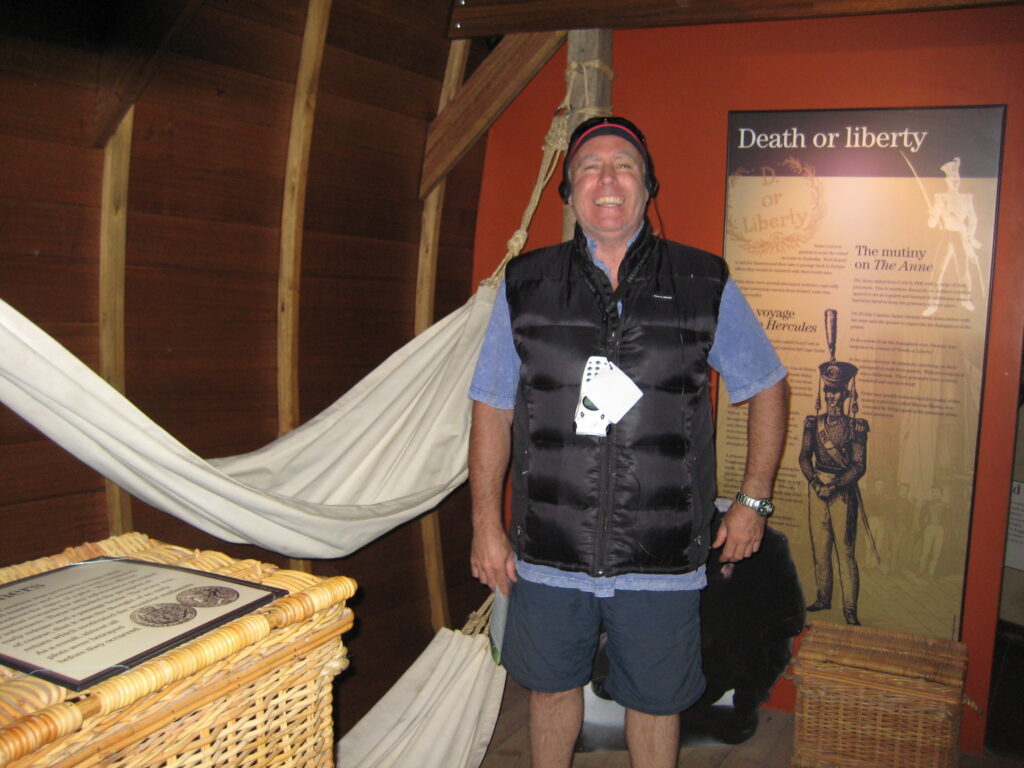
A Brief History of Port Arthur
The Port Arthur penal settlement was established in 1830 as a small timber station and quickly grew in importance within the colonies. From 1833 it evolved into a penal colony for the worst British convicts, repeat offenders and juvenile convicts as young as nine.
Port Arthur held many secrets as inmates suffered various forms of torture and submission. Although education and religious instruction were a focal point, most prisoners were subjected to long hours of isolation combined with harsh and punishing treatment.
By 1840 more than 2000 convicts, soldiers and civil staff lived in Port Arthur and it was a major industrial settlement, producing a range of goods and materials – everything from worked stone and bricks to furniture, clothing, boats and ships.
Located on a peninsula, the prison was advertised as inescapable, with the surrounding waters rumoured to be shark infested and military personnel, man traps, and guard dogs stationed at Eaglehawk Neck. The penal settlement closed in 1877.
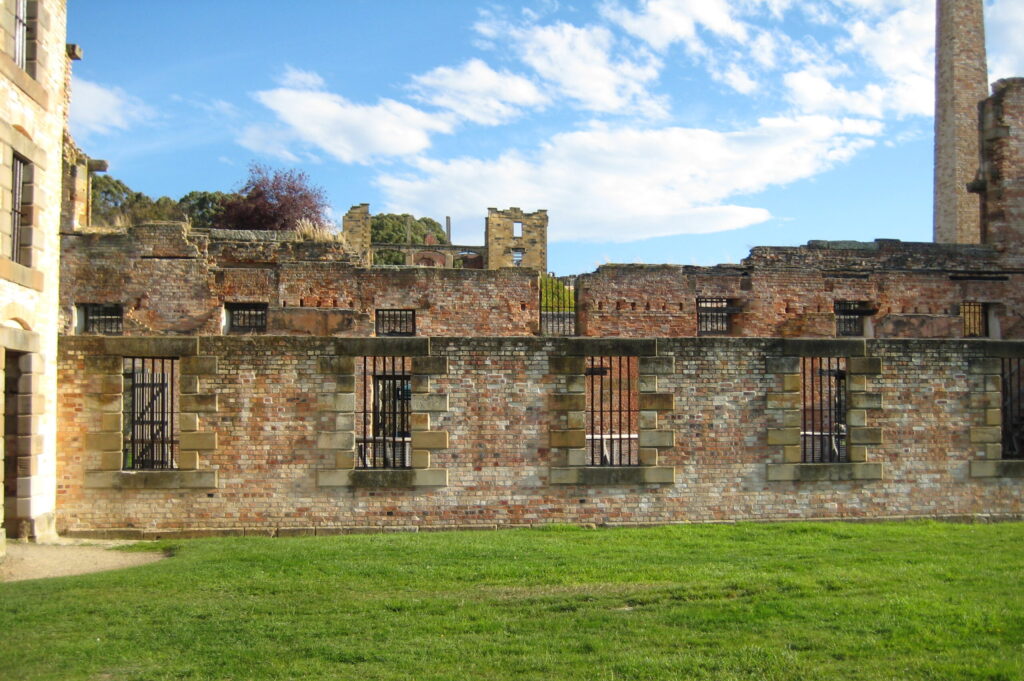
The Massacre
The Port Arthur Massacre was a mass shooting in and around the Port Arthur Historic Site, Tasmania, on 28 April 1996, that left 35 people dead and 19 others wounded; the gunman, Martin Bryant, pleaded guilty and was sentenced to 35 life sentences without the possibility of parole.
It was the worst massacre in Australian history, and it led to stricter gun control laws within Australia; notably a near ban on all fully automatic or semiautomatic firearms. In commemoration of the victims, there is a Memorial Garden and reflection pond.

Our Tour Experience
We arrived about 10.30am after driving from Hobart to Port Arthur. At the entrance, we opted to join a 40-minute introductory walking tour which started at 11.00am.
The tour was conducted by an employee of the Port Arthur Historic Site and the knowledge he had was amazing. We were taken to the majority of the main buildings or central points, where we were told about the history behind them. It was a great introduction to the site before exploring by ourselves more in depth.
Containing more than 30 historic buildings, extensive ruins and beautiful grounds and gardens, the Site has many stories to explore. We will share with you few of them below!
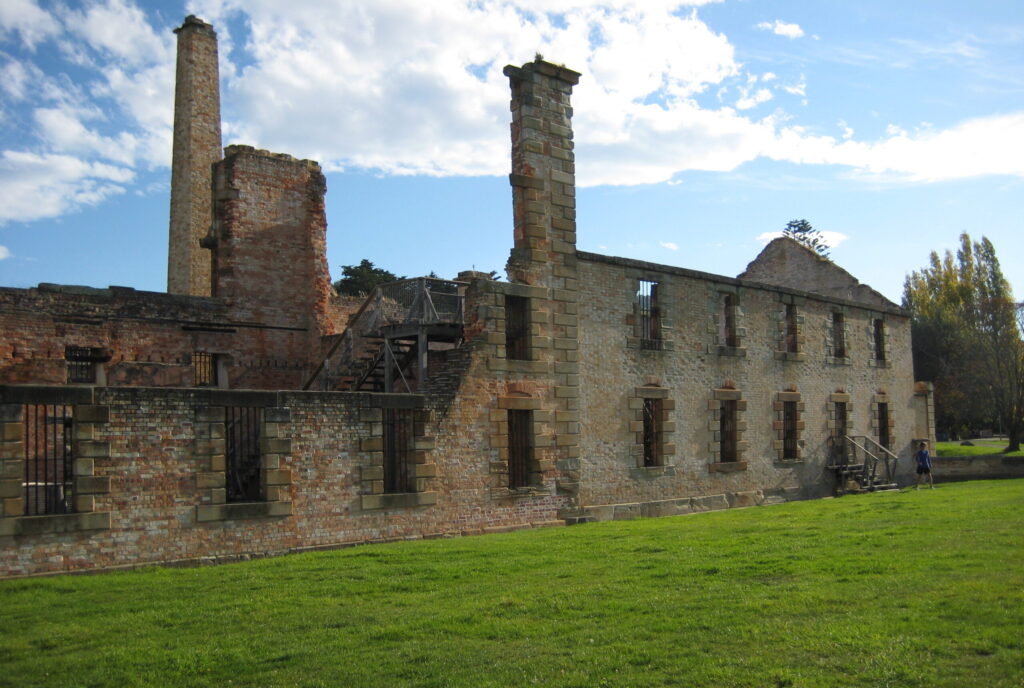
The Penitentiary (1857)
Here we learned about how this impressive ruin has evolved from being a flour mill and granary into a four-storey Penitentiary building. The bottom two floors had 136 tiny cells for ‘prisoners of bad character’ and the top floor had space for 480 ‘better behaved’ convict prisoners in bunk-style beds.
The building was devastated by fire in 1897 leaving only the masonry walls and barred windows behind.
As we make our way from the penitentiary, we pass the ruins of the law courts and the guard tower before we passed through the beautiful gates to the Commandants House.
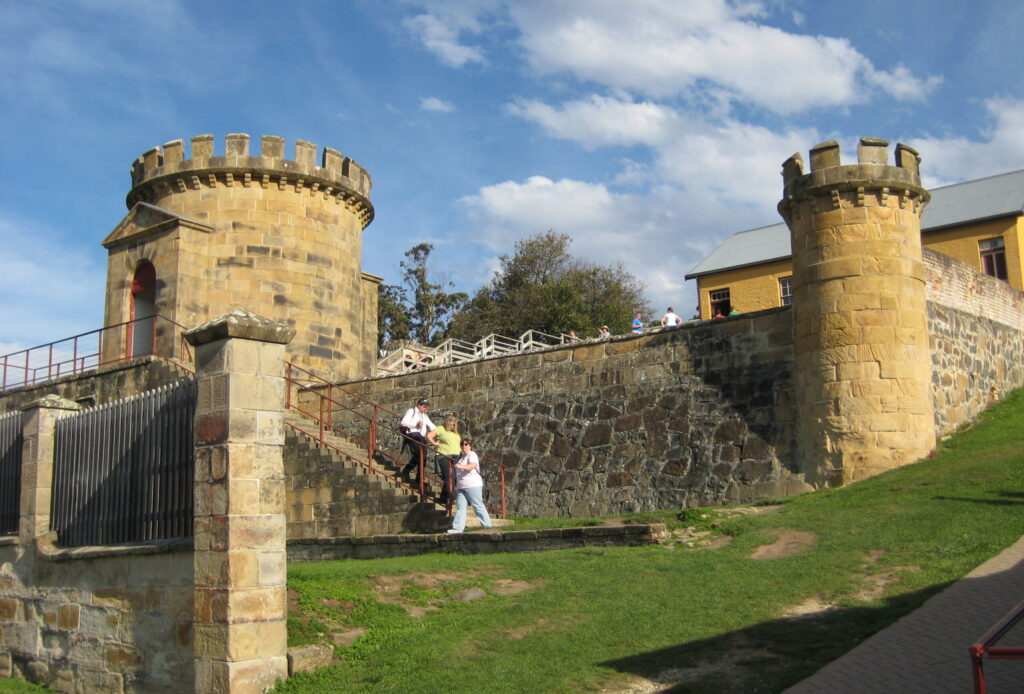
Commandant’s House (1833 – 1856)
The Commandant was Port Arthur’s most senior official. A residence befitting this rank and position was erected on high ground in 1833 and grew substantially over the years of occupation.
This house has been restored as a museum, and inside we were taken back in time to see what life would have been like for the Commandant and his family. There is a bedroom, a sitting room and a kitchen where we get an incredible insight into life in 1833 – 1856 here. It was a fascinating stop and well worth a visit!
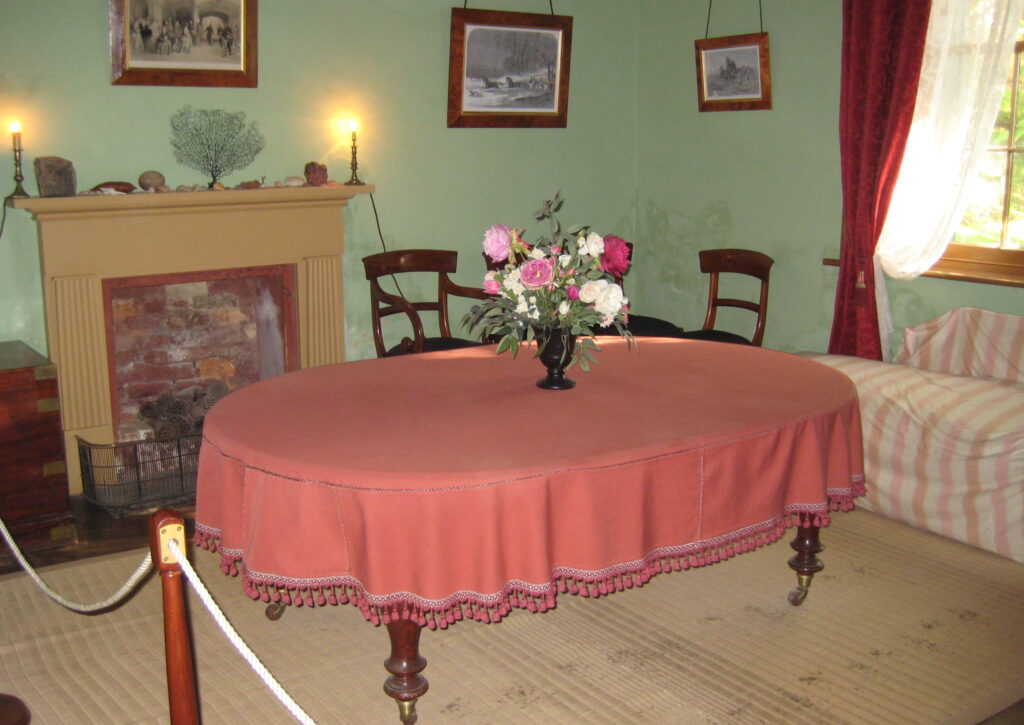
Law Courts (1846)
It served as ‘home’ to the rules and regulations of the settlement. It was here that the rules were outlined by a clerk the day convicts first arrived and where punishments were ordered if a convict broke the rules.
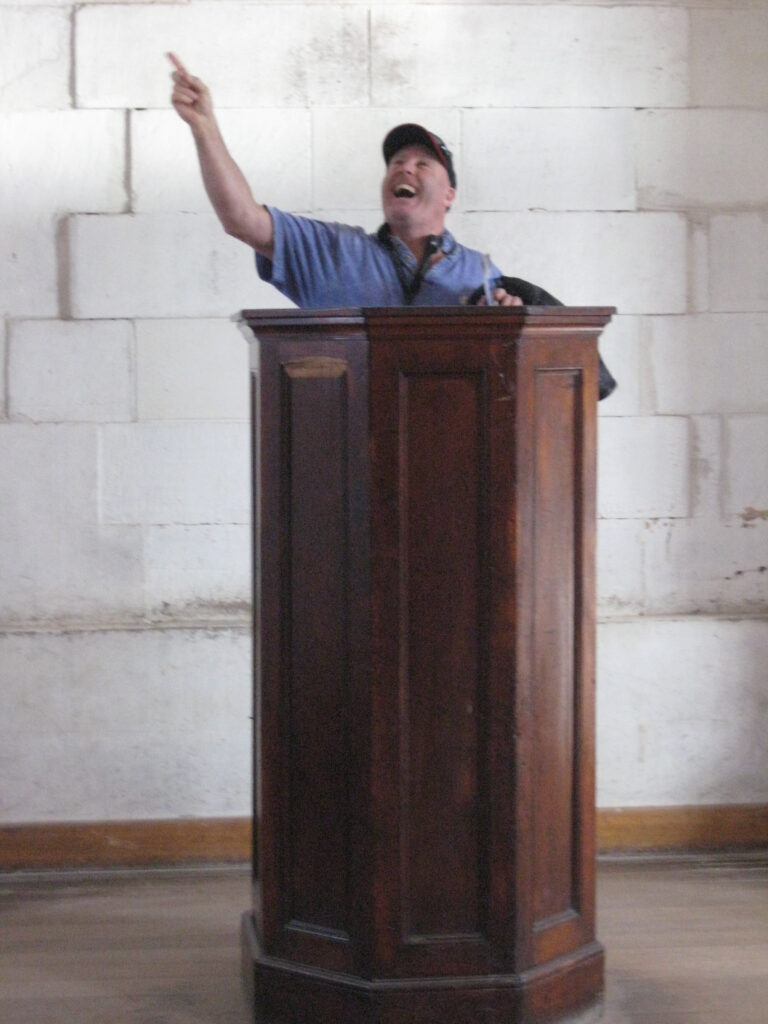
The Church (1837)
The Church represents the important role of religion in convict reform at Port Arthur. Up to 1100 people attended compulsory services here each Sunday. Much of the decorative stonework and joinery in the church was crafted by the boys from the Point Puer Boys’ Prison.

Isle of the Dead (1833)
Our next visit was the Isle of the Dead. It was on a separate island and we had to catch a boat to get there.
Between 1833 and 1877 around 1100 people were buried at the settlement’s cemetery. The Isle of the Dead is the final resting place not only for convicts, but also civilian and military officers, their wives and children.
Unlike most graveyards, it was divided into different denominations. The higher part of the ground had the head stones for the ‘free’ people, while the lower ground was for the convicts; and very few of them had head stones.
We also learned about Point Puer – a small island just off the coast of Port Arthur where the first boys’ prison was established (1834 – 1849) and holds an important title of being the very first juvenile reformatory in the British Empire.
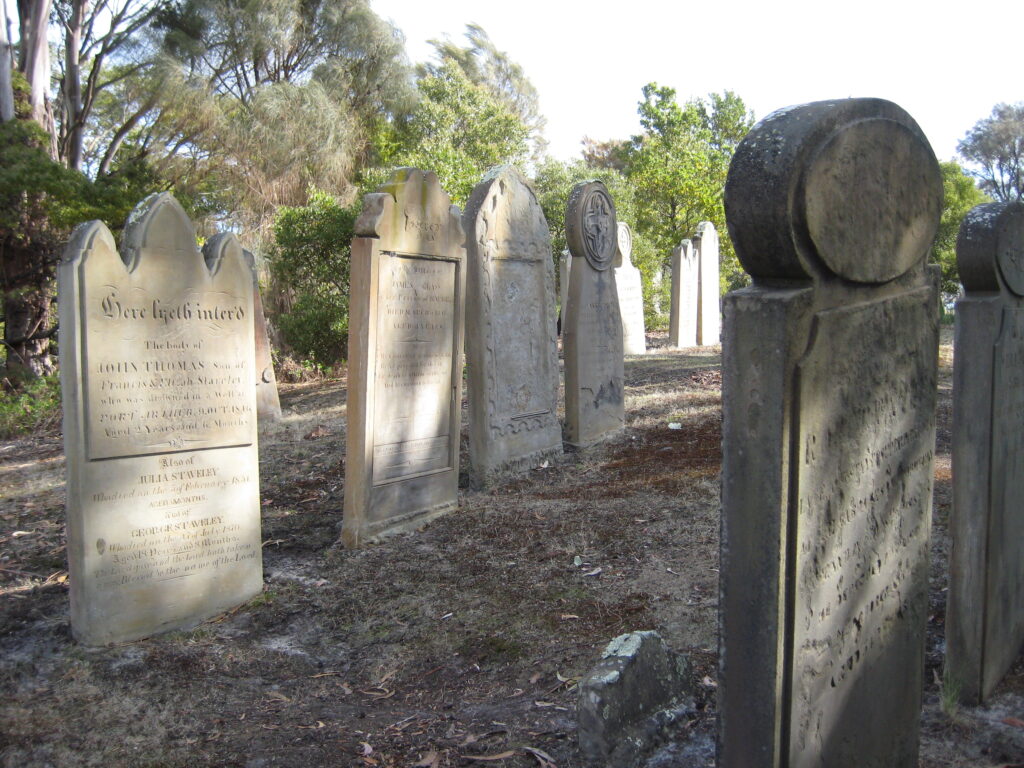
Memorial Garden (1996)
On Sunday 28 April 1996, a tragic chapter was added to Port Arthur’s history when a gunman took the lives of 35 people and physically wounded 19 others in and around the Port Arthur Historic Site. Among them were members of staff from the Historic Site.
The Memorial Garden incorporates the shell of the Broad Arrow Café, where 20 people were killed during the massacre. The garden has been created as a place of remembrance and quiet reflection.
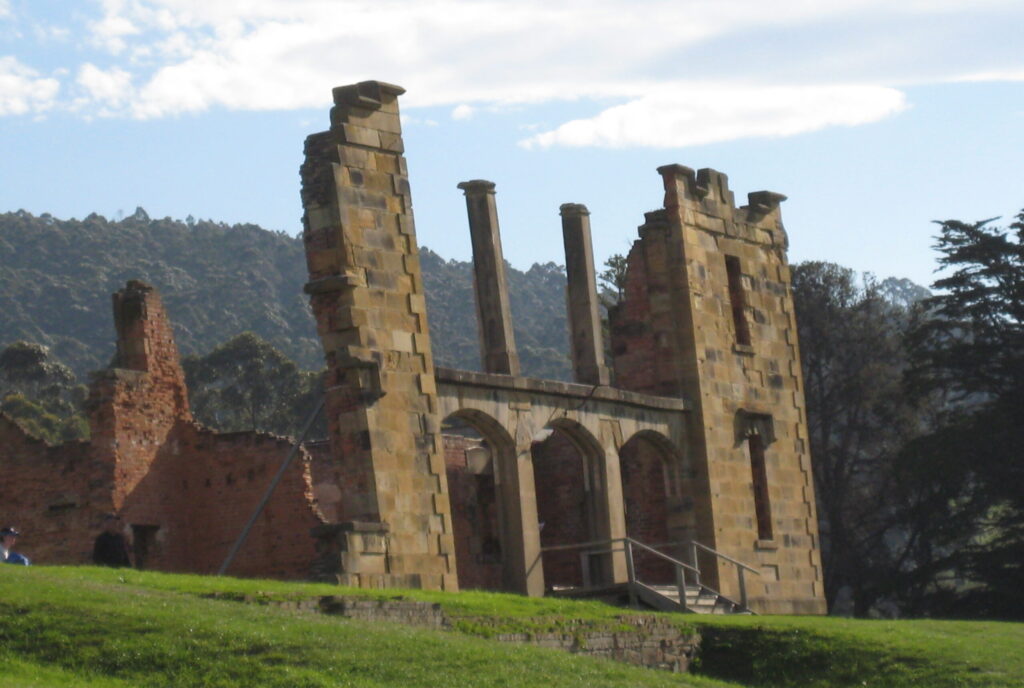
Overall
Our visit to Port Arthur Historic site and the exploration of some of the remaining, and restored buildings from that time period was truly fascinating! Each unique with their own tale to tell.
It was difficult for us to think about Port Arthur without feeling the dread and terror that the people must have endured. A lot of suffering occurred here and we could feel it. However, this dark history contrasts with the beauty of the surrounding area. Full of powerful stories of hardship and loss, it is one of our Tasmania’s most rewarding travel experiences.
Tickets and Tours
Site entry tickets are valid for 2 consecutive days and include an Introductory Guided Walking Tour, Harbour Cruise, access to the Museum, Convict Study Center and Interpretation Gallery and the site of the Dockyard.
- Site Entry Ticket Prices:
Adult: $40
Child: $18
Concession: $30
- Tours (available for an additional cost):
Prison and Power
Escape from Port Arthur Tour
Isle of the Dead Cemetery Tour
Port Arthur Ghost Tour
After Dark Package
Note: The information provided in this post was correct at time of publishing but may change. For final clarification please check with the relevant service.
Happy Travels!
You May Also Like

